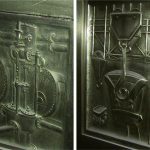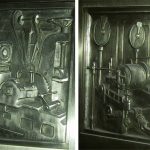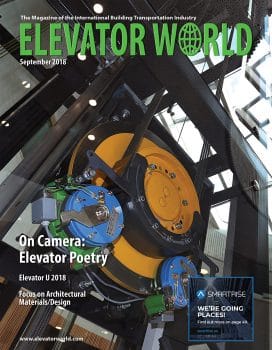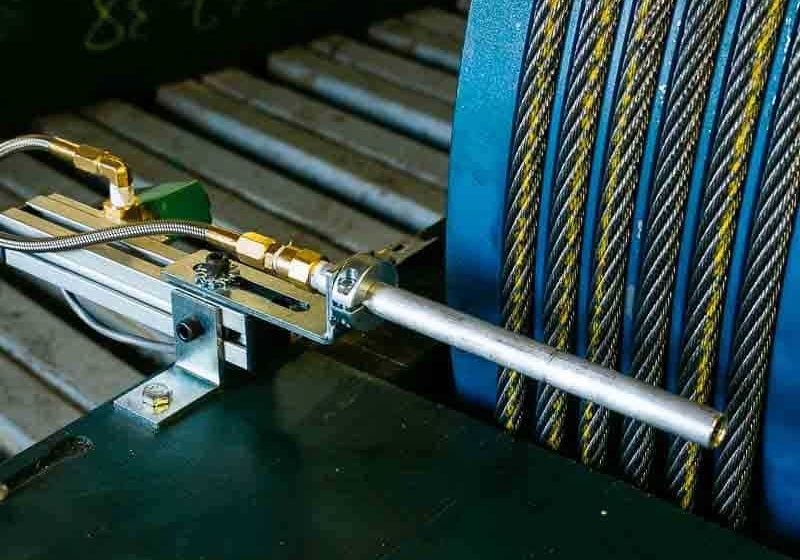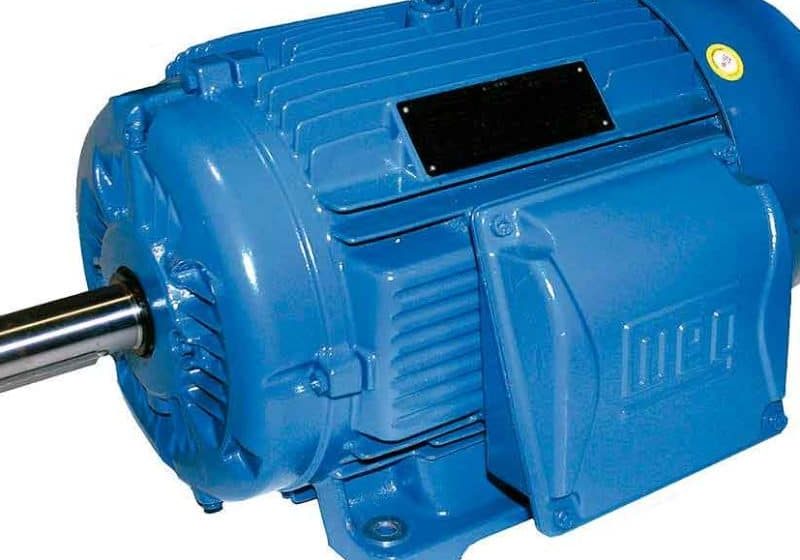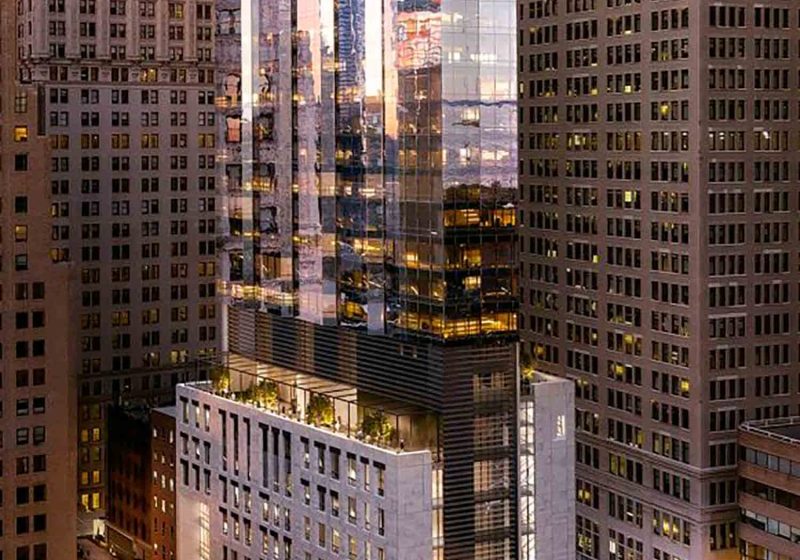Europe and Elevator Car Interiors
Sep 1, 2018
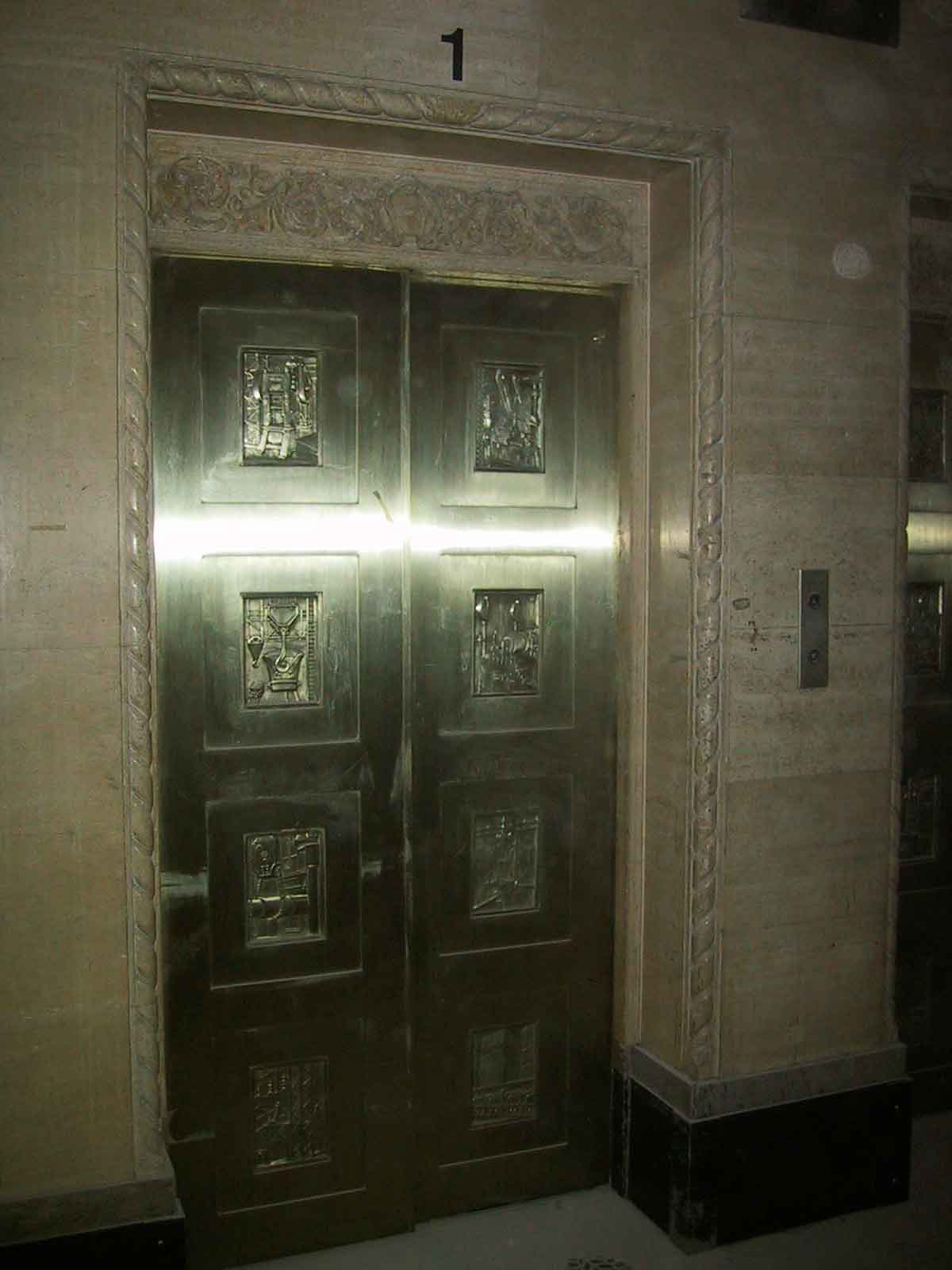
In this Readers Platform, your author discusses Europe’s foray into aesthetic design.
There has been a noticeable increase in manufacturer focus upon the aesthetic design of elevator car interiors in recent years. This is an area of elevator design that has stagnated in Europe of late, due to a focus upon other widespread developments in engineering and technology application. The last significant development in this area was by Otis during the early 1990s with its Otis 2000 elevator design, which applied a minimalist design concept that incorporated vertical lighting in the side walls of the elevator car. At the time, this was considered highly innovative and novel, and it proved popular with architects and designers.
It may be that an unforeseen effect of the European lift accessibility standard BS EN 81-70:2003 has been to restrict the development of aesthetics in elevator car design. EN 81-70 may be overly prescriptive in its drafting and approach, or interpretations of it may differ. Your author has encountered instances of contractors claiming that certain provisions of EN 81-70 prohibit the use of the traditional U.K. floor designations of “G” for ground, “LG” for lower ground and “M” for mezzanine (along with other client-specific floor designations) in elevator design. In one instance, a client had numerous buildings, many of which incorporated G, LG and M floors. Perhaps the contractor expected the client would redesignate these buildings with the associated access signage to accommodate the contractor’s standard numeric floor designation of -1, 0 and 1 and EN 81-70? If so, the contractor was to be disappointed. The prospect of losing the contract was sufficient to initiate a return to reality, with the elevator design incorporating LG, G and M floor designations.
Another instance relates to the location of the elevator-car interior handrail. BS EN 81-70, states, “At least on one side wall of the car a handrail shall be installed.” A contractor argued that this statement is prescriptive in relation to the position of the handrail, saying it must be installed on a “sidewall” as opposed, for instance, to the rear wall. The U.K. Building Regulations, in relation to accessibility, state that “a handrail is provided on at least one wall” and includes a depiction of a compliant passenger elevator car that shows the handrail installed to the rear wall. While your author believes a sidewall provides the most appropriate location for the handrail, it seems no more than pedantry to interpret the EN 81-70 provision to be prescriptive in this respect. Indeed, the translation of the requirement in other European Union member states gives rise to a difference in meaning and interpretation. Given that elevator cars may be configured with a single door, two doors or three doors, any attempt to apply such a prescriptive interpretation is simply ridiculous and ignores the overriding purpose, which is to aid accessibility.
While many of the materials used in modern elevator aesthetics are taken for granted, we should remember that many of these are relatively recent innovations and developments. Consider, for instance, the ubiquitous application of stainless steel applied in elevator-car and landing-entrance finishes. Stainless steel was developed in the first two decades of the last century and did not become widespread in elevator applications until the early 1970s. The promotional materials of the time offered stainless steel as a premium finish involving additional costs.
The penchant in the 1940s and 1950s was for timber wall finishes and bronze and/or bronze alloy metallic materials. Door finishes were more often in different forms of paint or enamel-type material coatings, although I’ve encountered automatically operating center-opening doors formed of solid timber panels.
The 1960s saw a move to laminate-faced elevator-car wall panels, often from the Formica range. This developed further through the 1960s, 1970s and into the 1980s by way of so-called “real-wood” laminates. Some of the original Formica designs are now considered collectables.
The prevalent material specified for the Standard Housing elevator designs by U.K. public authorities through the late 1950s to the late 1970s was the ubiquitous fluted aluminium. While this material provided certain advantages in terms of its low mass-to- volume ratio and in its formability, it also presented many problems, particularly in relation to chemical and electrolytic corrosion. It was eventually replaced by stainless-steel sheets in the late 1970s.
In terms of lighting, incandescent lamps prevailed until the late 1950s, when florescent lighting became the preferred design. This persisted in various forms through the late 1980s, when dichromic downlights found favor. This design element evolved to incorporate various LED technologies.
In terms of floor finishes, the Lino finish widely applied from the 1940s through the 1960s provided resilient service. However, floor finishes evolved through various rubber, polymer, carpet, timber laminate and marble/ceramic effects. I even recall a few marble and stone elevator car floors undergoing a significant and unplanned redesign during safety-gear and buffer testing.
I have seen many interesting materials applied in relation to finishes and recall contracts in which the use of specialist metallic materials, including those produced by Cambridge Wire Cloth Co. of Maryland in the U.S. (Figure 1), which is a novel material in Europe, was a design requirement.
Sometimes, the application of what appear to be straightforward stainless-steel finishes can generate some interesting issues. I recall an instance in which three landing entrances in the lobby of the offices of a prominent corporate organization were reclad, applying a standard finished stainless steel. On completion, the client’s designer noted the stainless steel on one of the entrances to be of a different color. The material, in terms of grade, pattern and finish, was identical for each entrance. However, the difference, which was almost imperceptible, was immediately picked up by the trained eye of the designer. The difference arose due to the stainless steel for the entrance in question having been drawn from a different production batch. Fortunately, the designer, who might have rejected the work, was understanding in accepting what was agreed to be a minor difference.
Elevators installed at prestigious premises often incorporate highly decorative door panels (Image 2). A few years ago, I was asked to provide advice in relation to a contract in which new elevators were designed for installation into an architecturally listed building where the original elevator landing doors were the subject of a separate and specific architectural listing. The Birmingham, U.K., building was designed in the Classical style during the 1930s; it was never completed due to the outbreak of World War II.
The architectural listing affected eight landing entrances installed to the ground and first floors of the original four-car group serving the six-floor building. The building was to be extended upwards by two floors, and the existing elevator arrangement was to be converted to a six-car system, albeit that only the eight original elevator entrances were subject to the architectural listing. The revised building design, which incorporated an atrium, precluded the modernization of the elevators and a traditional machine-room design. As such, a machine-room-less design, which would fall within the remit of the U.K. Lifts Regulations 1997, provided the required solution.
However, a problem arose in relation to the surface of the retained landing-door panels, which incorporated sunken decorative quarter panels, with raised decorative insert features in excess of the 3-mm limit prescribed in EN 81-1:1998. Each of the quarter panels incorporates a silver insert plaque depicting different aspects of the city’s commercial, manufacturing and trade activities, some of which are shown in the images here (Figures 3 and 4).
While the construction and elevator contractors initially resisted the requirement to retain the landing- door panels, proposing alternative ways in which the doors might have been retained as alternative architectural features separate of the new elevator system, the historical architect, who considered the door panels and their incorporation in the 1930s lobbies to be of national importance, insisted upon their retention. The effect of the resulting standoff was such that progress with the construction works, which were well underway at the time, could have been halted.
Several possible solutions, none of which were acceptable to all parties, were considered. Finally, a compromise was developed whereby the door panels at the ground and first floors were incorporated into the new elevators. This required a revision to the design of the affected landing entrances and uprating of the elevator door operators and door equipment. The problem of compliance with EN 81-1 was resolved by filling the surface of the door panels with a transparent liquid polymer material, which, once set, presented a flush surface finish, while maintaining the visual aesthetic of the decorative door panels.
I recall another incidence of pure panic when the engineer of a global corporate client visited to view a completed elevator car interior on the day prior to the publicized high-profile visit of the chairman and CEO. We couldn’t understand the howl of anguish that emerged as he caught sight of the beautiful elevator car interior and its wall mirror, which was artistically embossed in bright color with the corporation’s family trade name emblazoned across the rear wall mirror. Until, of course, he pointed out, in not quite polite terms, that the corporation’s trade name did not include an “S” on the end! Needless to say, a rapid overnight rework and an early start the next morning saved the day.
A good consultant develops knowledge of design and aesthetic requirements to be able to advise clients on the application of materials and the technical aspects of certain aesthetic styles, and in the related technical and engineering factors. These include materials engineering and metallurgical factors in relation to the application of different metals and materials; the suitability of these for application in specific operating environments; and, in terms of flammability, behavior under fire conditions, mass-to- volume ratio, ergonomic factors, sustainability, energy efficiency, human psychological and emotional factors, and suitability to meet the purpose of the design.
I see a lot of elevators in my work, and I would certainly welcome a little more innovation and variation in terms of aesthetics. While it is perhaps understandable in terms of standardization and a desire on the part of manufacturers to reduce variation in product ranges, the marketing potential and attractiveness of a well thought out and executed aesthetic should never be underestimated.
- Figure 1: Cladding can come in many styles; photo courtesy of Cambridge Wire Cloth Co.
- Figure 2: Quarter-paneled silver/bronze elevator landing entrance door panels
- Figure 3
- Figure 4
Get more of Elevator World. Sign up for our free e-newsletter.


